Finally hearing back from American Samoa, they confirmed Eitan’s suspicions that they were closed to inbound pleasure vessels, meaning we had nowhere to go after French Polynesia. This was a huge disappointment and officially ended our plans of crossing the Pacific Ocean this year. While this news was a real bummer for the entire crew, it was especially so for Philipp and Jessica, who had specifically come onboard to make the crossing. Eitan let them know they were welcome to stay as long as they wanted until they found another boat to cross on or made other plans.
In the meantime, we moved out of the Ixtapa Marina and over to the anchorage at Zihuantanejo and finally were able to take time to enjoy the city. We anchored next to a handful of other cruising boats and made our way to shore. Zihuantanejo is on par with most of the other very cute coastal towns filled with cobblestone streets and colorful storefronts. There is also a nice oceanfront walking path to access the various beaches and restaurants. After posting to Instagram, one of my friends from La Cruz messaged me to let us know their sailboat, SV Kathmandu, was also in the area and we made plans to meet up for dinner and drinks at a local vegan restaurant.
The next couple of days in Zihuantanejo were spent provisioning and then moving over to anchor at Playa Las Gatas, where the water quality was a little better. It seems the last of our days of crystal-clear water were left behind at Isla Isabela. Las Gatas was a beautiful little beach with decent snorkeling and surf which we enjoyed for most of the afternoon. While snorkeling, I was surprised to stumble upon a submerged statue of Jesus that Jessica and I took pictures with.
Later that afternoon, Philipp and I took on a sewing project to stitch on the name patch for our dinghy, which we dubbed Francois, on the dinghy’s brown canvas cover. To disguise the new 20 horsepower Suzuki outboard motor on the dinghy, which Eitan purchased just before the trip, Eitan made a matching, brown canvas motor cover which resembles a chef’s hat. For that reason, we wanted to give the dinghy a sassy French name and have called it Francois ever since.
After a few days of exploring the city of Zihuantanejo, we moved back north to Isla Ixtapa, a small island comprised of three bays with restaurant-lined beaches and a local population of rabbits. We spent most of our time on the boat or in the water and avoided the beach with pestering waiters trying to get you in their restaurant, due to the lack of tourism. The island has a nice reef for snorkeling and we also took time to clean the hull of the boat while at this anchorage.
Philipp and Jessica began searching for an alternate boat since they were still planning to cross to the south Pacific for Asia. After talking with our other buddy boats, which had planned on the crossing, it seemed they had also come to the same realization and were no longer going to embark on the crossing. Eitan guessed that most boats that could cross the Pacific would have already done so by now. Those waiting to cross in March or April were now either staying in Mexico, heading to South America, or going through the Panama Canal to the Caribbean. Given the lack of options to sail west, the Germans decided to hop on a boat headed south from San Carlos, Mexico, to South America.
Off-loading the crew was a little more complicated than anticipated. Contrary to Eitan’s suggestion of departing while in Ixtapa or Zihuantanejo, Philipp and Jessica decide to get off the boat in Lazaro Cardenas. Although Lazaro is a sizable city, accessing it by boat requires you to go into a commercial port, which doesn’t sound like a big deal, but we soon found out it was. Due to the large cargo ships and port traffic, entering a commercial port requires clearance from the port captain and there is an increased level of security. Even staying overnight in the marina means several visits from the various port authorities. Basically, you can’t just drop someone off at any dock and be on your way. We would have to take the boat a substantial distance up the river to, what appeared to be, the nearest public access point for Philipp and Jessica to disembark.
On the morning of their departure from SV Sierra Wind, Eitan called the port captain to inform them that we would be entering the channel to travel upriver and offload crew. We were met by, not one, but two port boats to escort us up the river to a public accessible dock. Due to the high tide, we needed to use the drone to verify if we could fit under a bridge that crosses the river. This seemed to alarm our escorts who started yelling at us to immediately land the drone. Since we couldn’t verify the clearance, we began loading up the dinghy so I could motor under the bridge and drop the crew off at an accessible dock upriver. As we were preparing to leave in the dinghy, a third government boat arrived and said we needed to get clearance from immigration (even though we had all already been in Mexico for some time). So, instead of simply dropping Philipp and Jess off, I had to take them to yet another nearby dock to meet the immigration officials, who were now on the way to check their documents and search their luggage. While they were getting searched by the authorities, Eitan and I pulled the dinghy in and loaded it back up on the davit. After about 30 minutes, the port authorities returned with Philipp and Jessica and said we needed to take them upriver to which Eitan responded, in his horrible Spanish, that “the little boat is on the big boat, you need to take them”. Somehow, we reached an agreement that the port officials would take them and Eitan and I could head out and continue our journey up the coast.
Lesson learned: Stay out of commercial ports!
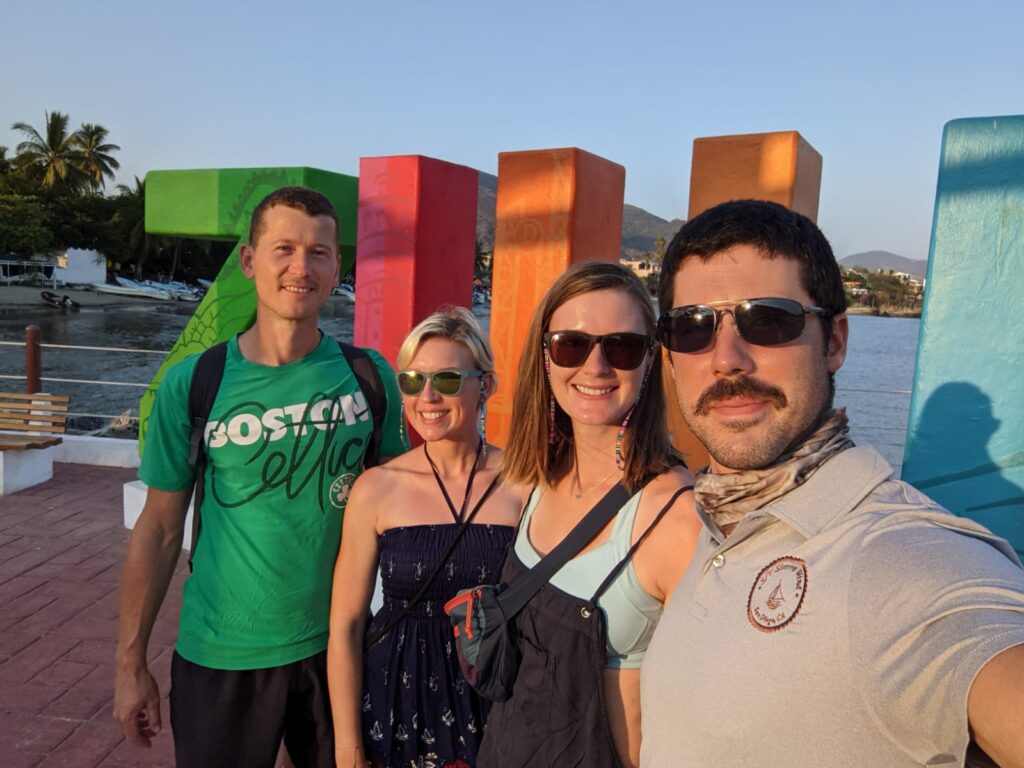
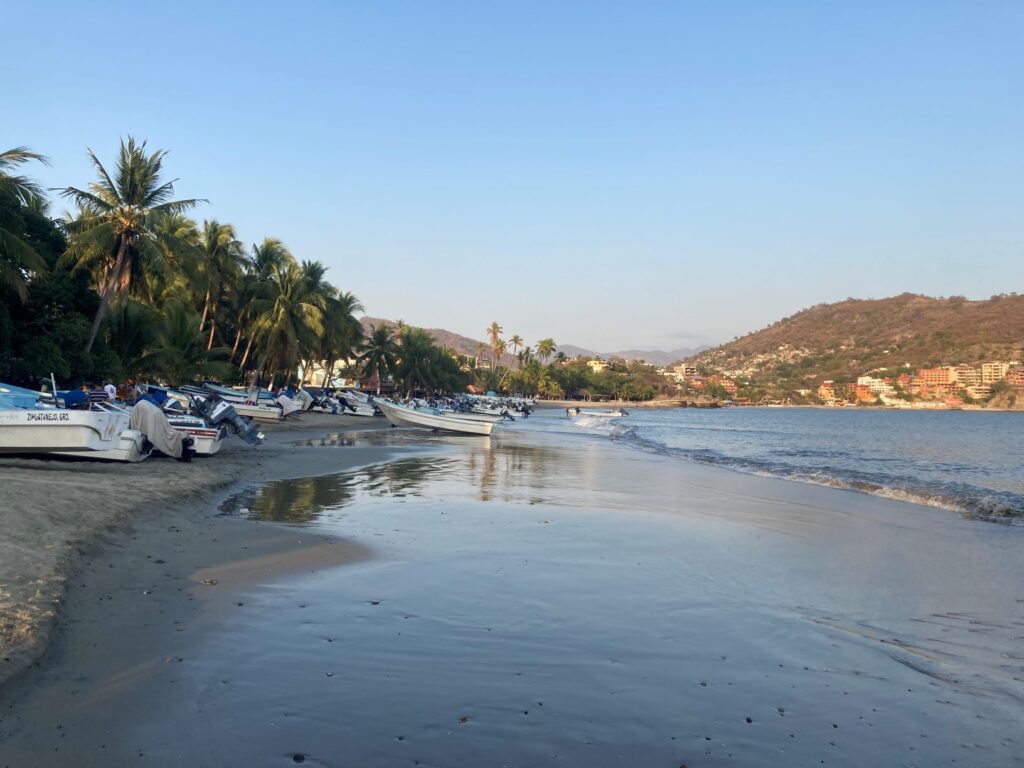

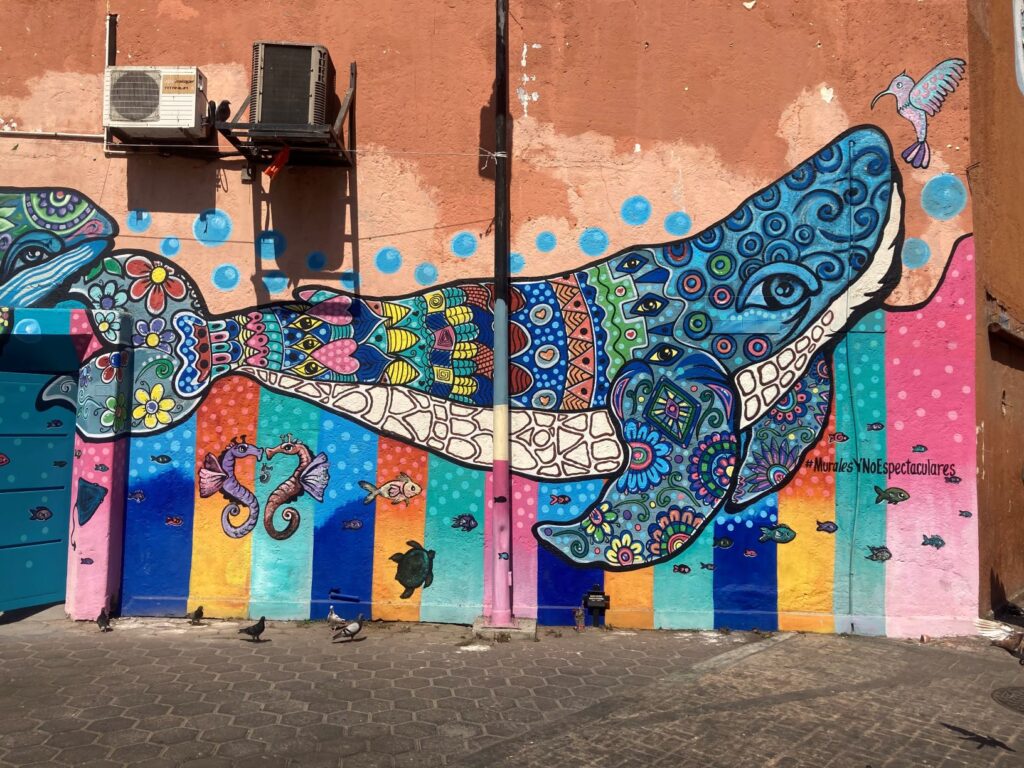
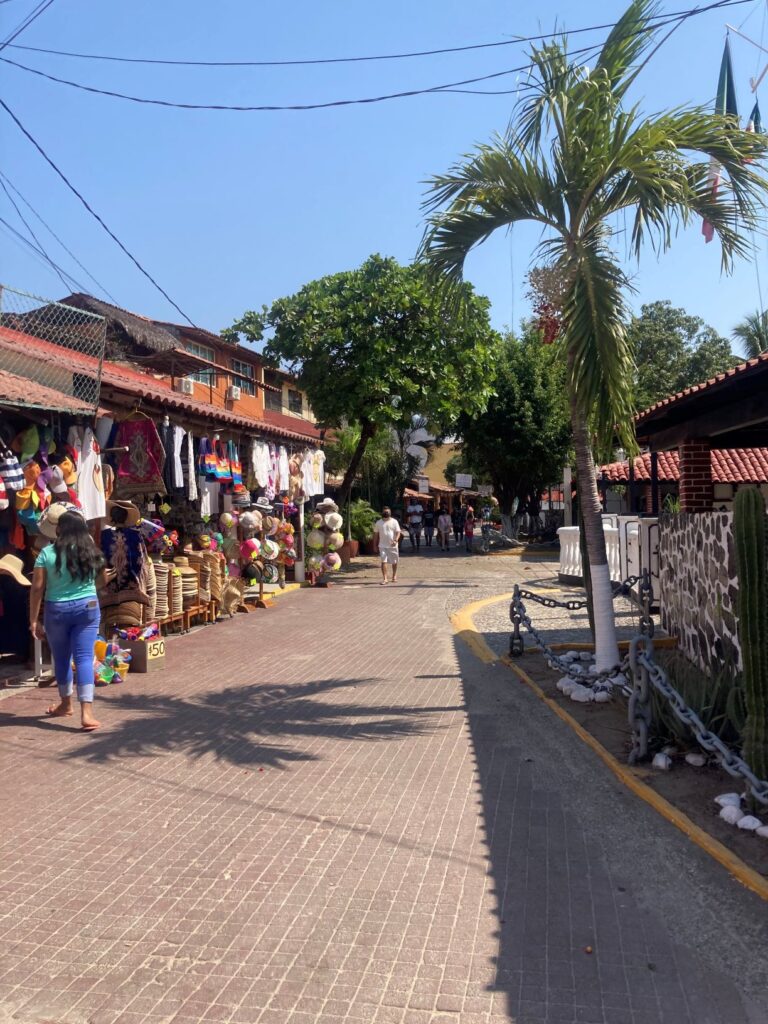

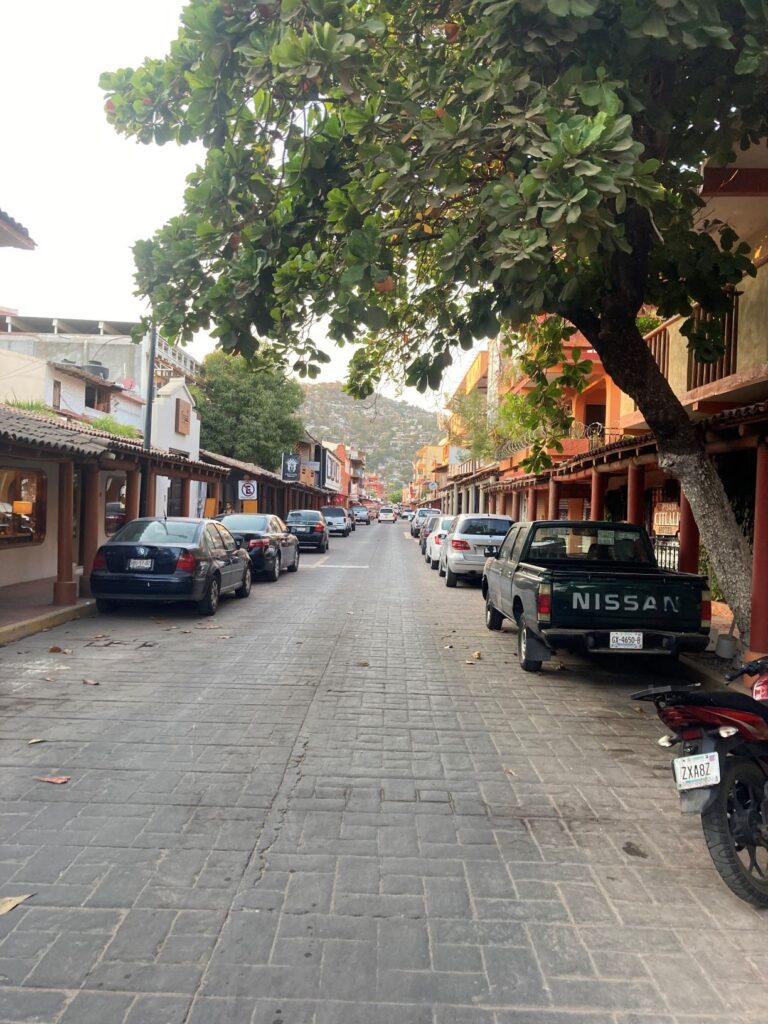
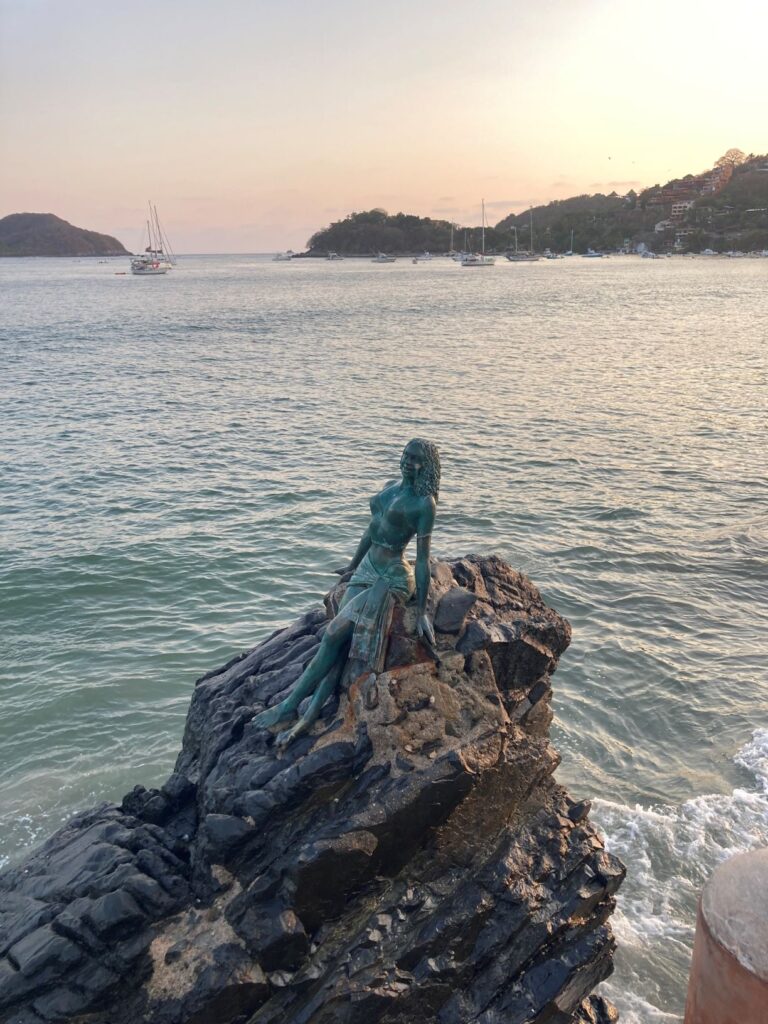
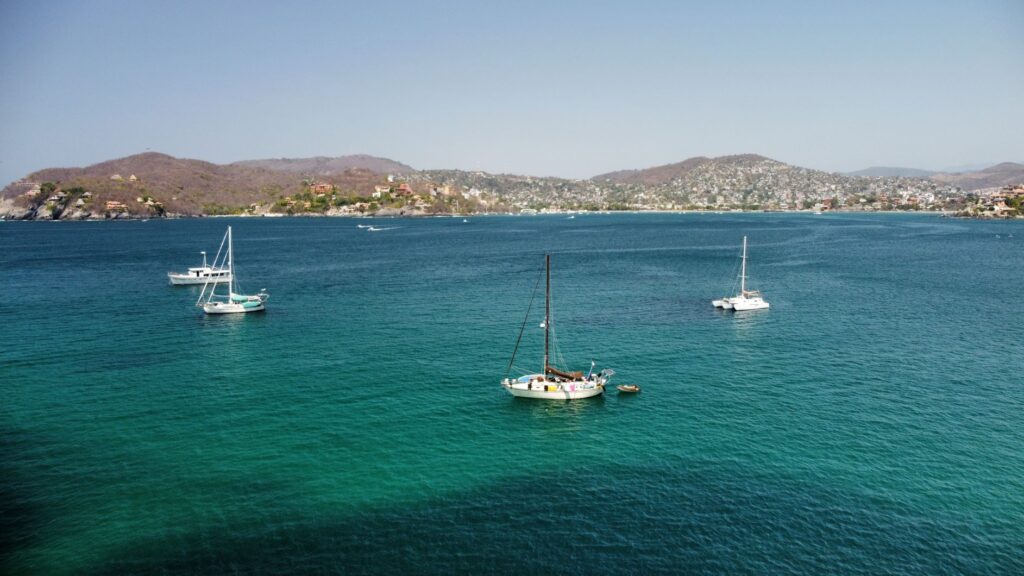
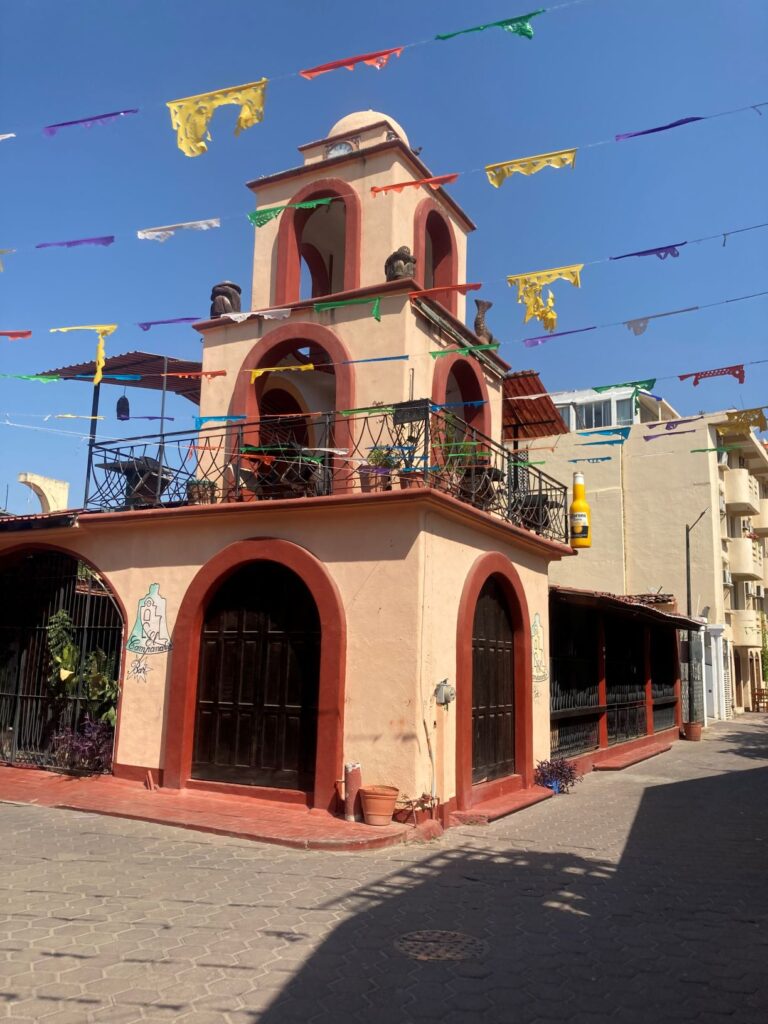
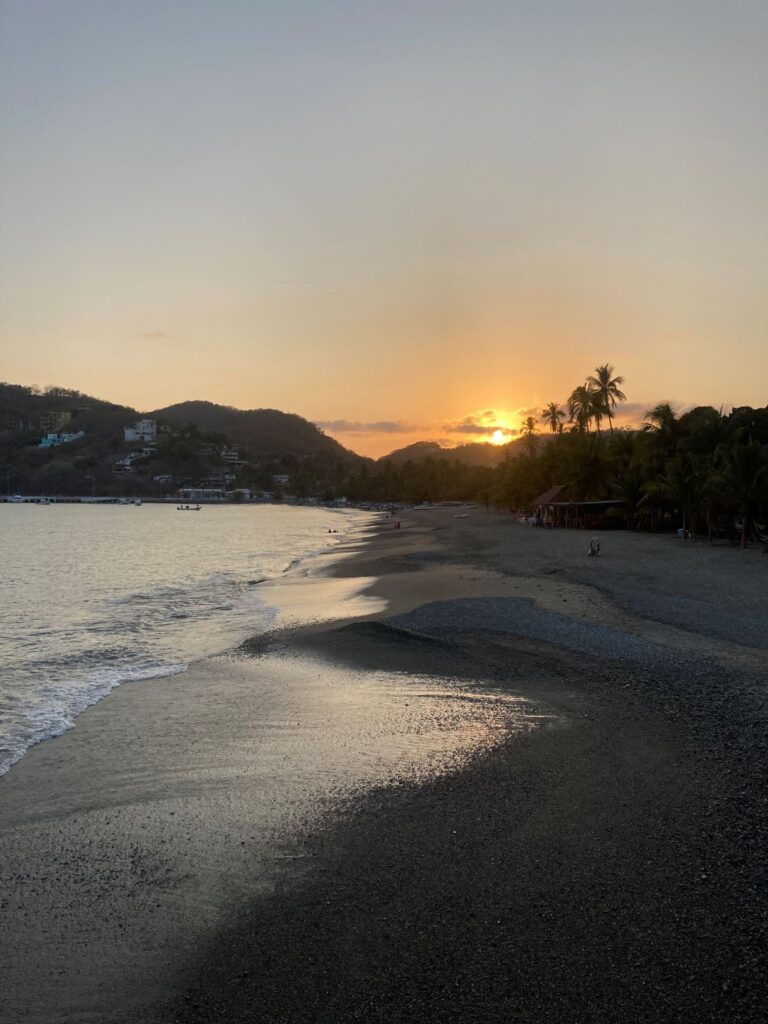
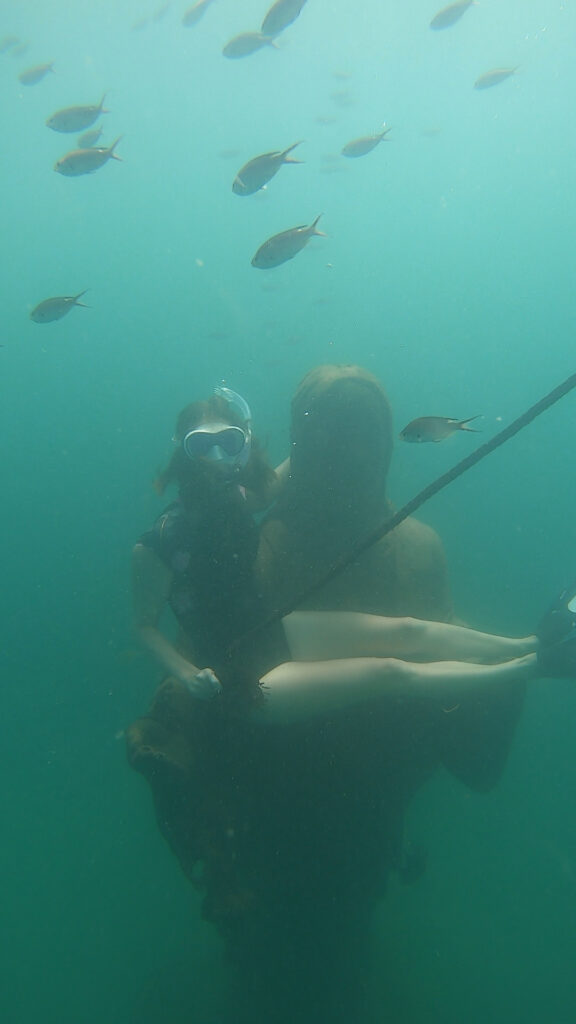

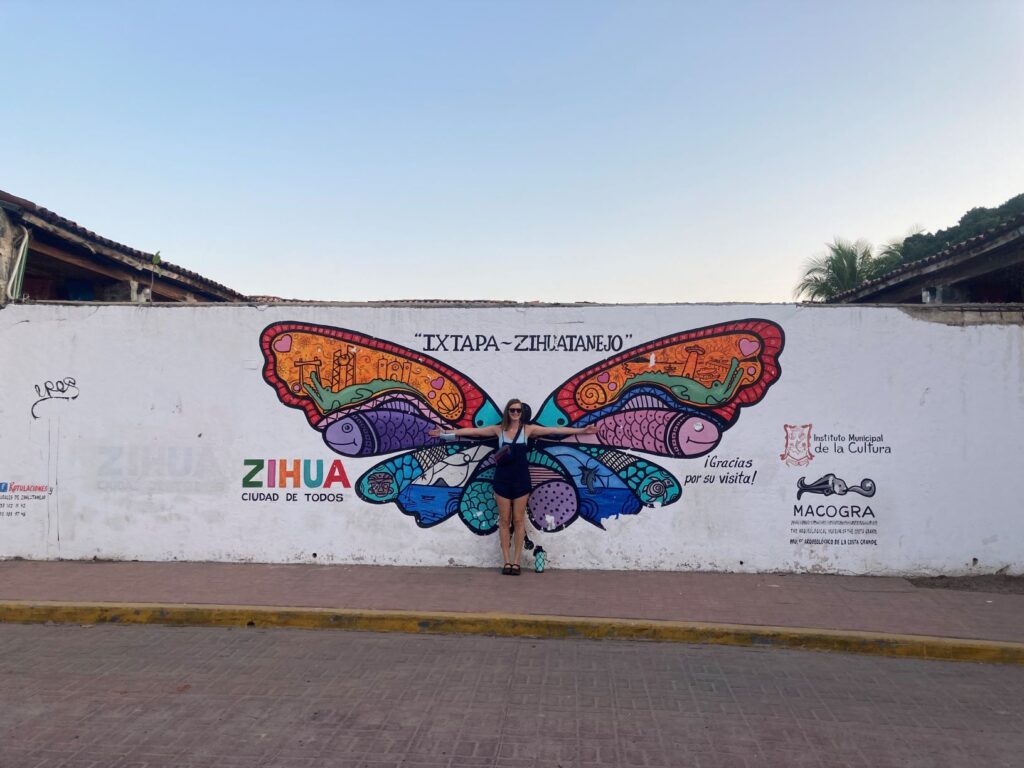

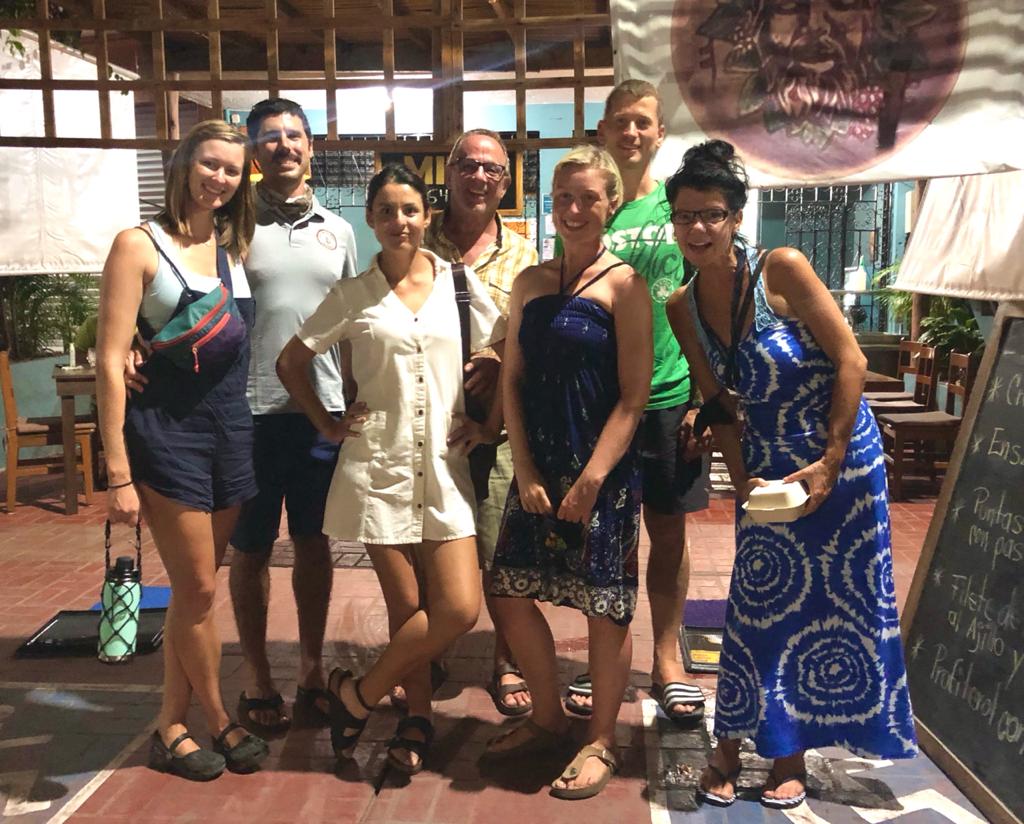
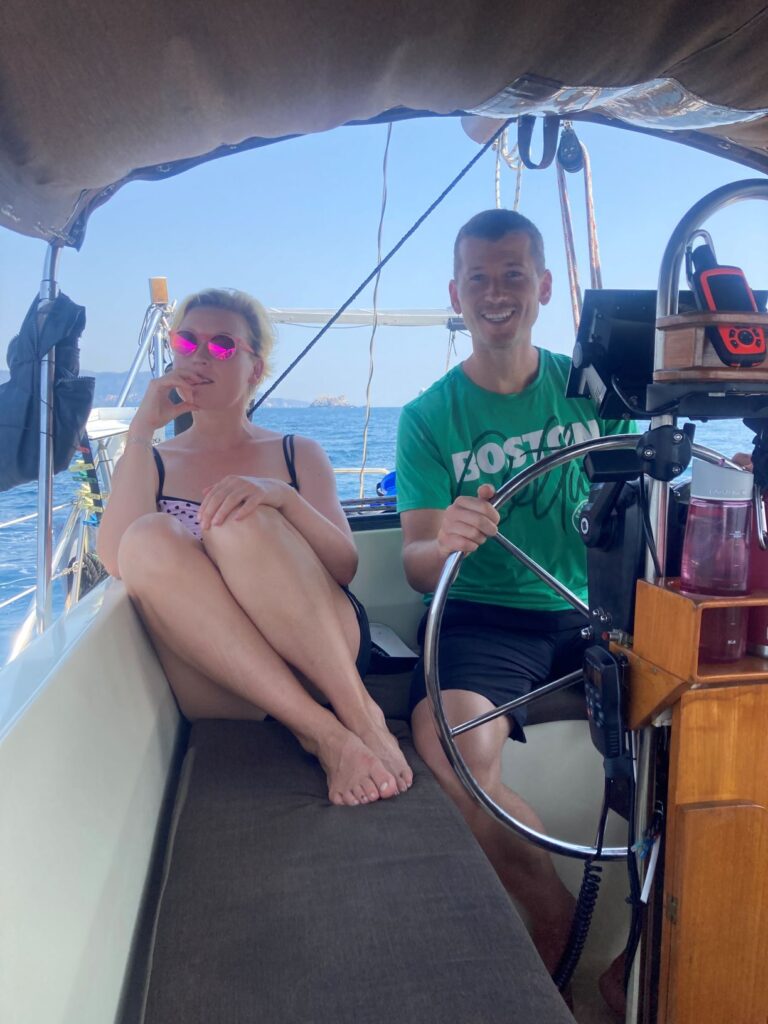
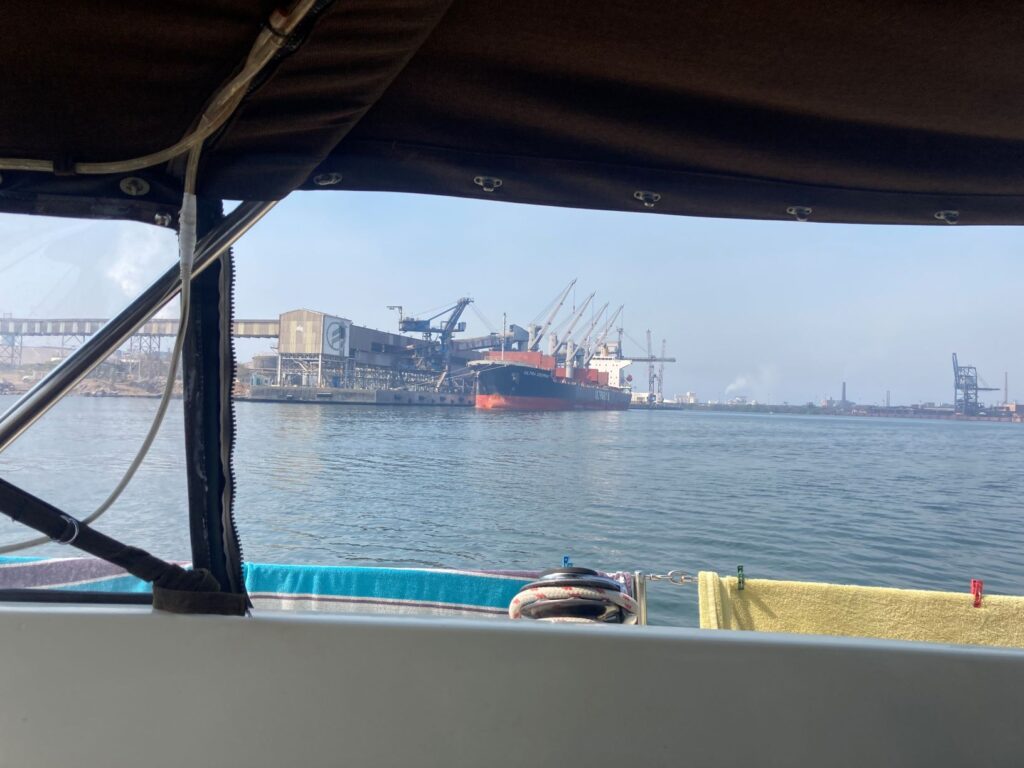
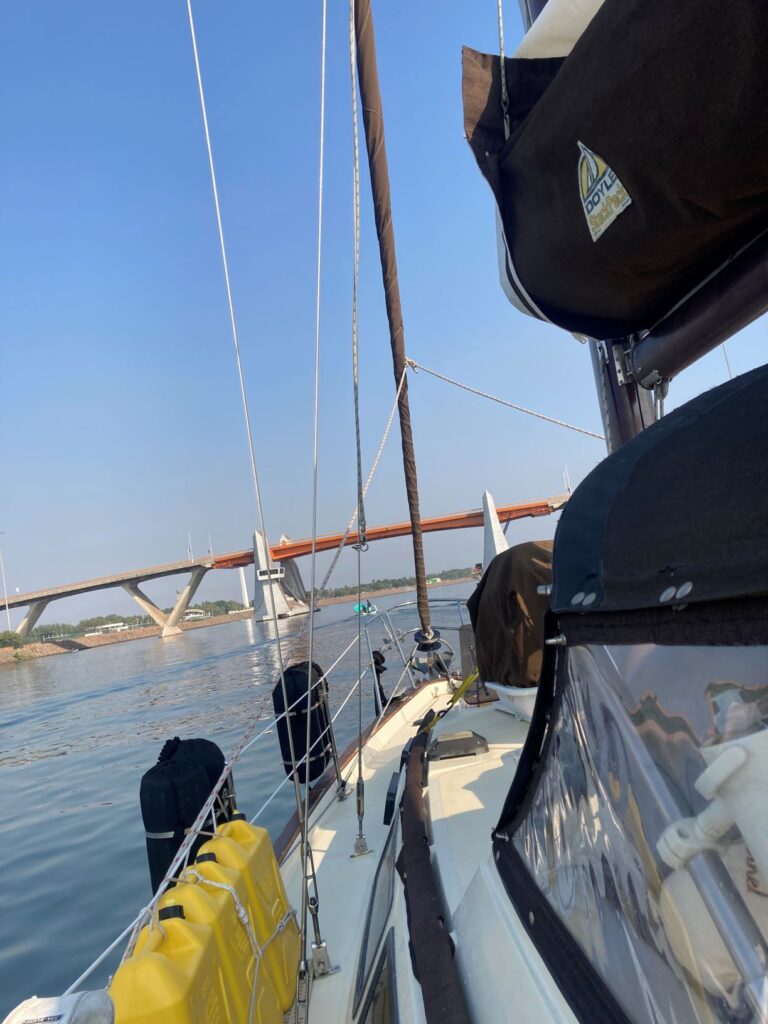
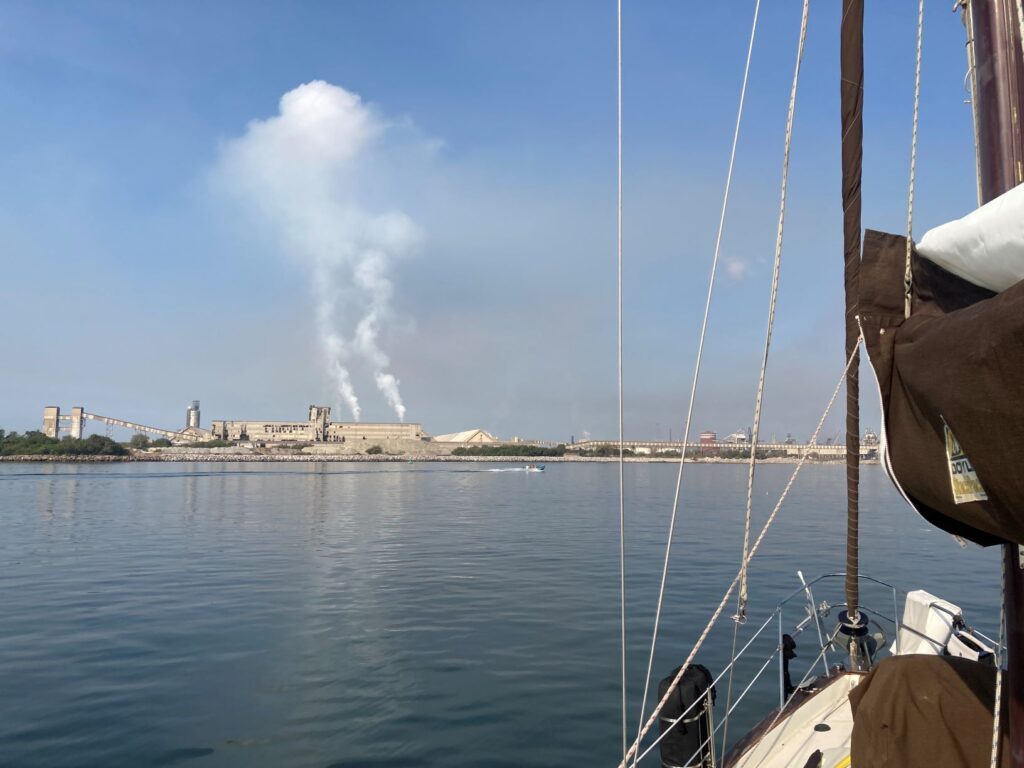

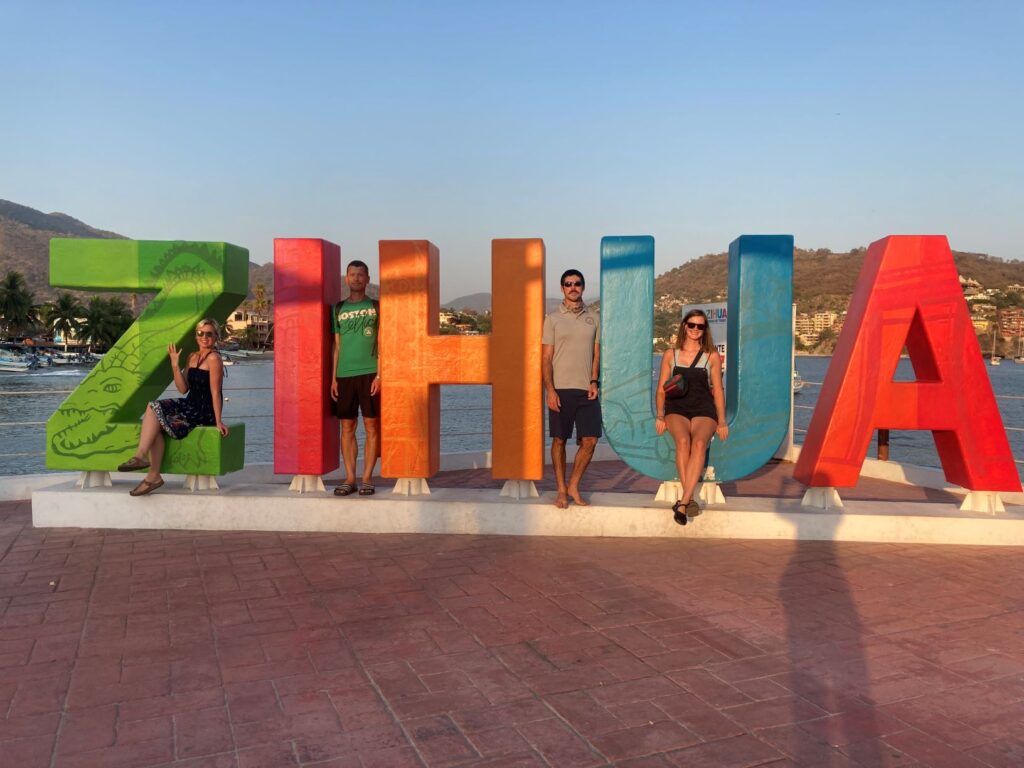
Amanda, Jennifer and I greatly appreciate your detailed and, at times, poetic blogs. Nice to get a sense of your journey, the challenges and the adventures you are going through. With appreciation,
Ofer